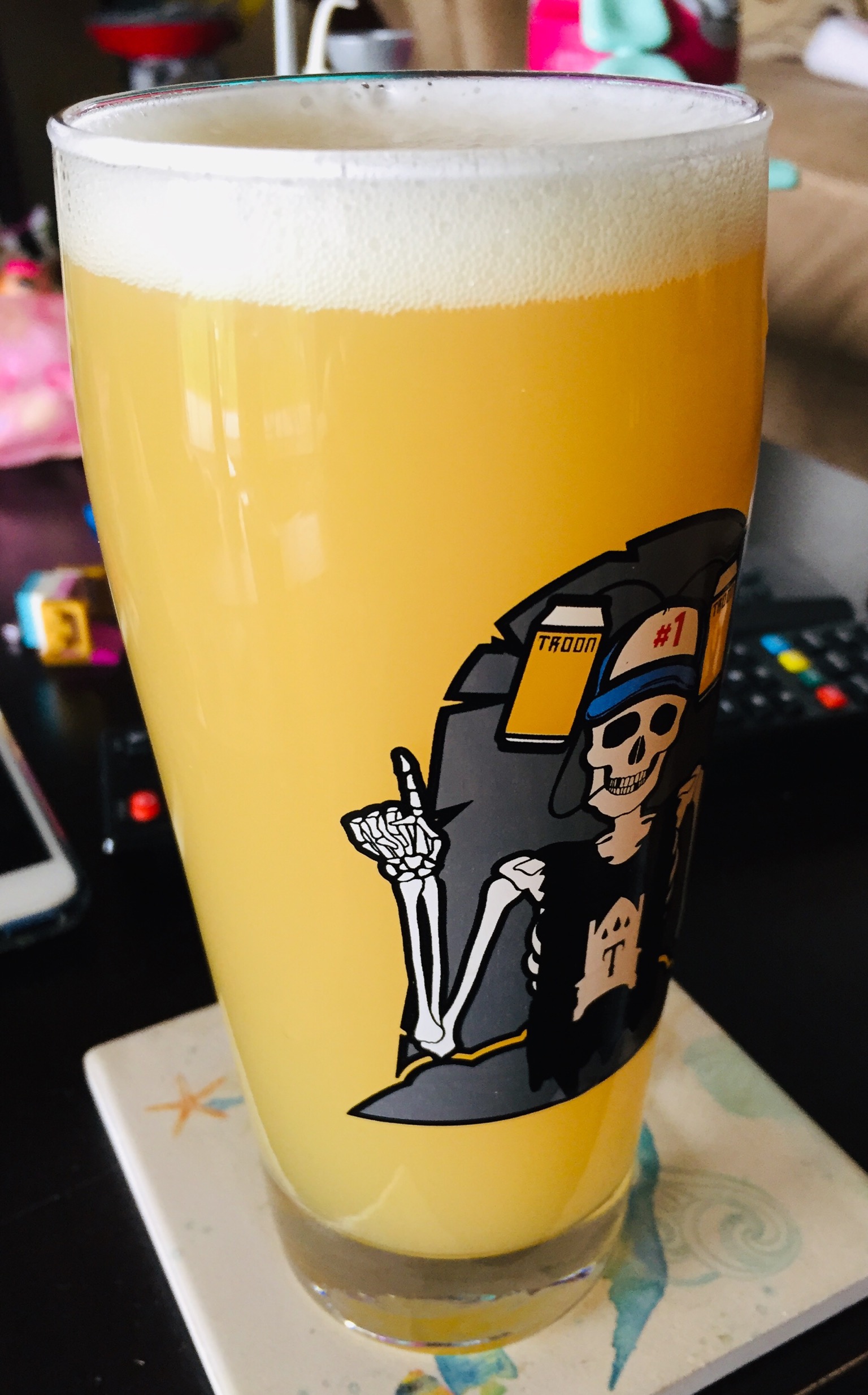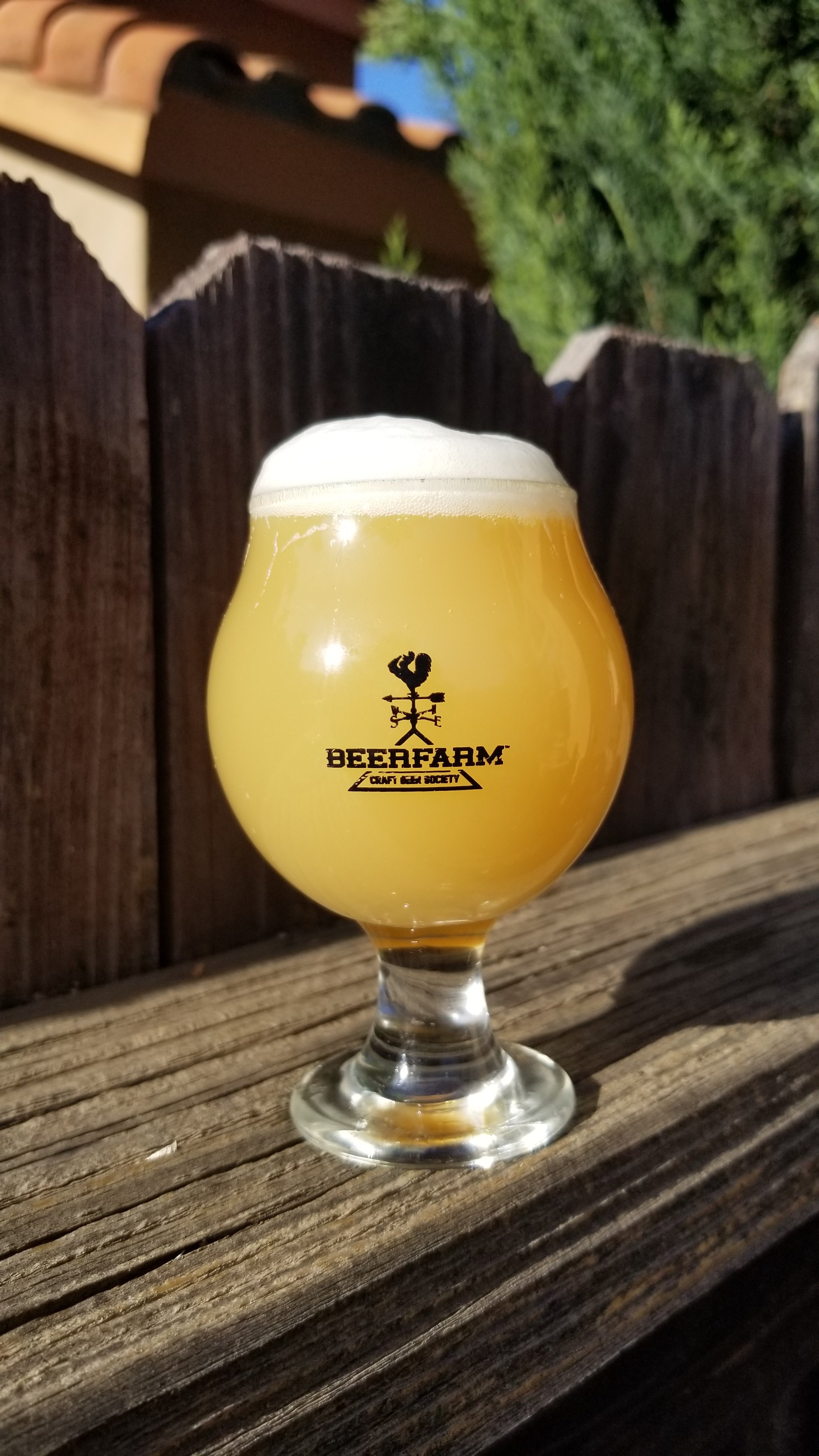Other Half have contributed a double recipe to the
https://alltogether.beer/ relief initiative - brew it either with 10 IBU, 1318 and <300ppm Cl NEIPA style or 50 IBU, Chico and <150ppm sulphate for a West Coast version. Obviously they're not going to give away all their secrets, and it's designed to be fairly accessible for brewers and consumers alike, but it gives you an idea of how they think :
ALL TOGETHER Recipe by Other Half Brewing
[email protected]
This homebrew version of our ALL TOGETHER recipe is designed for 5 gallons. You know your system best, adjust for your own efficiency.
Yeast: London Ale (NEIPA) or Chico (WCIPA)
OG 16P or 1.064 SG
FG 3.2P or 1.013 SG
Mash Temp. 154F
In Brooklyn we have a very soft, neutral water profile. For NEIPA we recommend calcium chloride additions and we aim to stay under 300ppm chloride. For WCIPA we recommend calcium sulfate and we aim to stay around 150ppm or less. You know your water best so adjust accordingly.
Grain Bill:
2-row: 10.5 lbs
Flaked Oats: 1.5 lbs
Briess Carapils: .5 lbs
Hop Schedule:
Columbus (or bittering hop of your choice) to 10 ibu @ 60 Min (NEIPA) or to 50 ibu @ 60 min (WCIPA)
Mosaic 2 oz @ Whirlpool
Cascade 1 oz @ Whirlpool
Simcoe 2 oz @ Dry Hop
Citra 2 oz @ Dry Hop
Mosaic 4 oz @ Dry Hop
Cascade 2 oz @ Dry Hop



























![Craft A Brew - Safale S-04 Dry Yeast - Fermentis - English Ale Dry Yeast - For English and American Ales and Hard Apple Ciders - Ingredients for Home Brewing - Beer Making Supplies - [1 Pack]](https://m.media-amazon.com/images/I/41fVGNh6JfL._SL500_.jpg)
































 At least these are cheaper hops...
At least these are cheaper hops...

